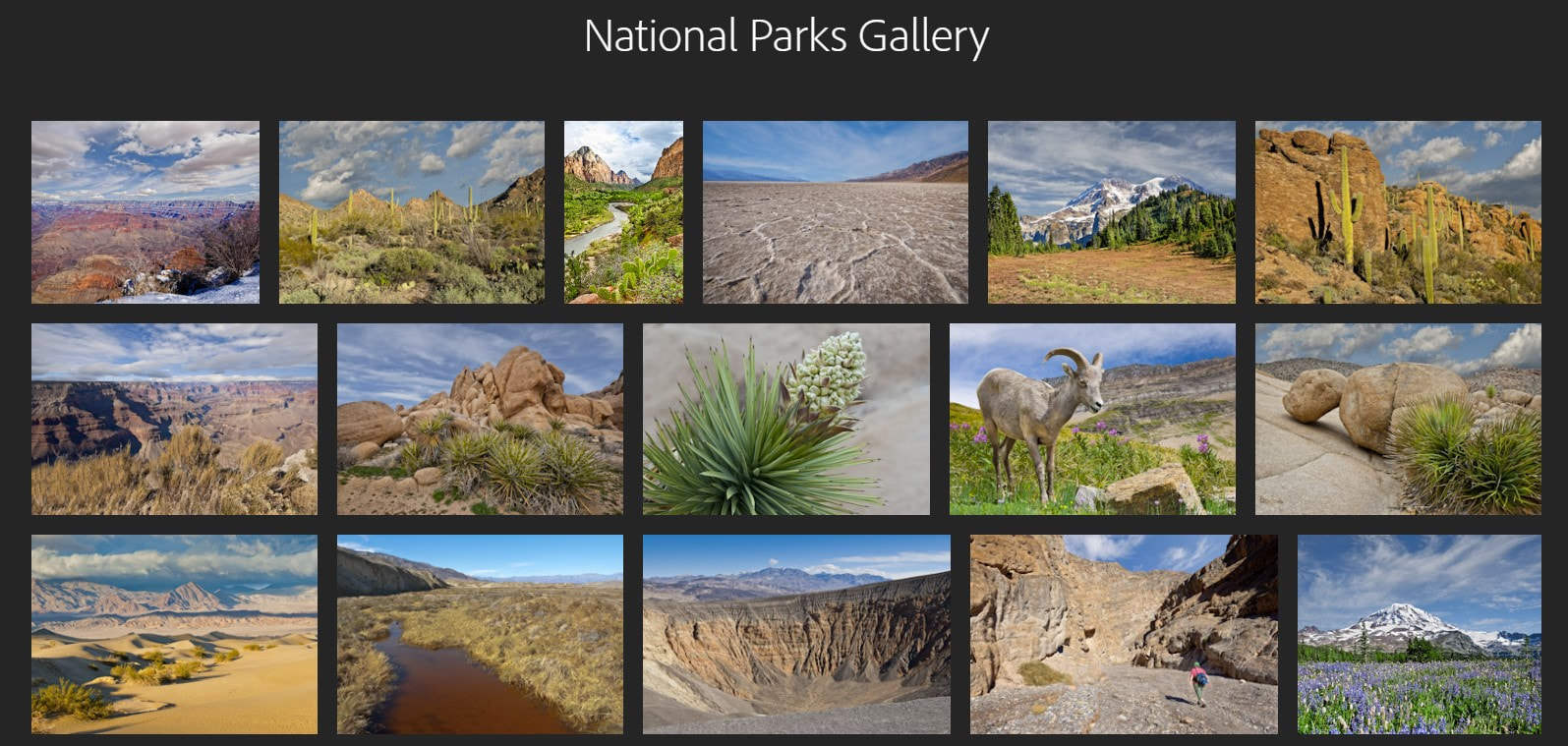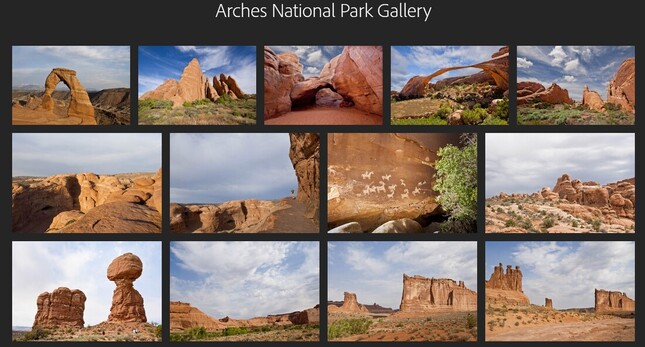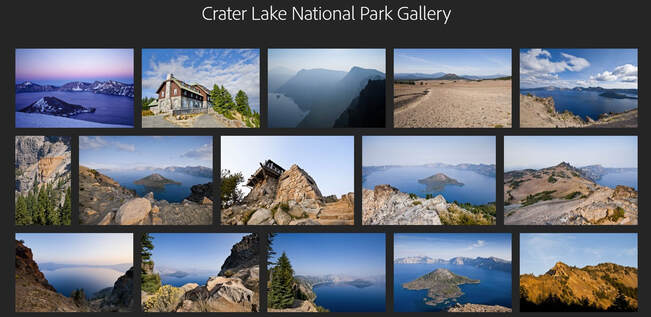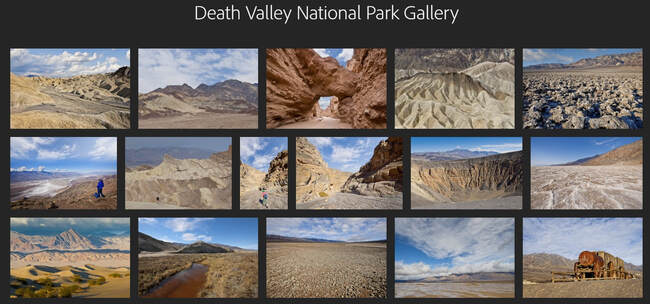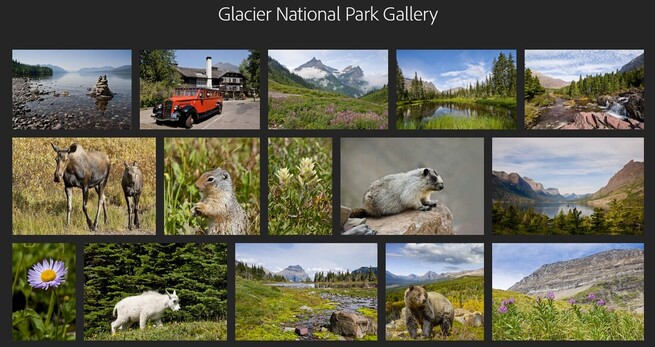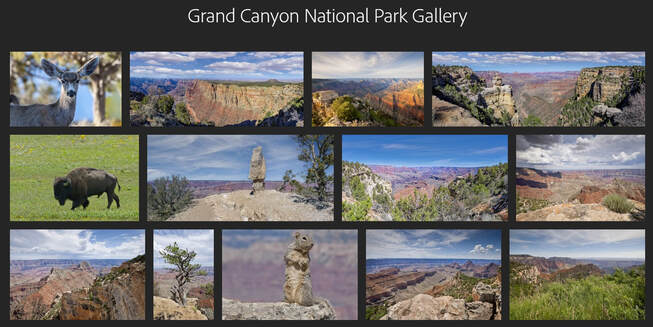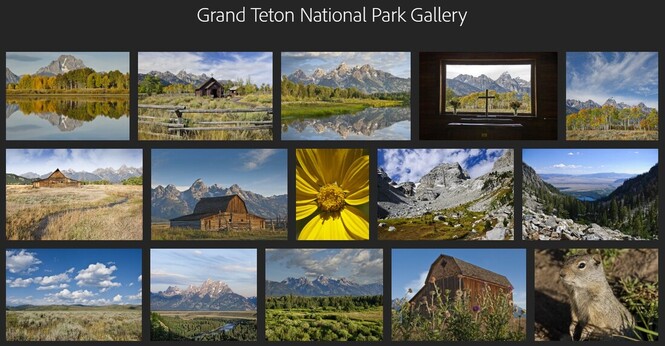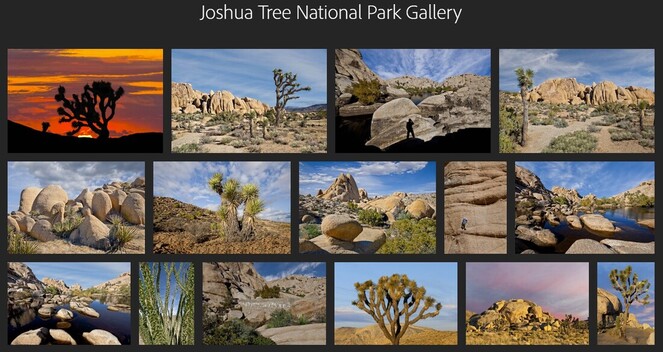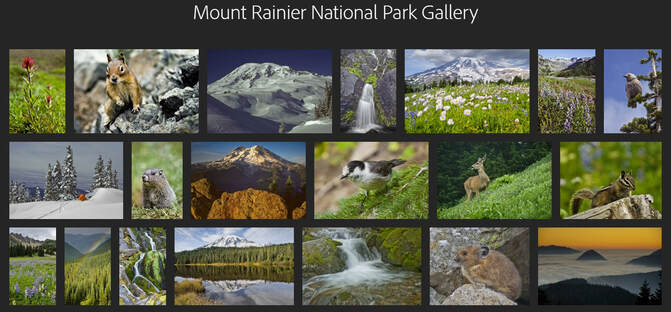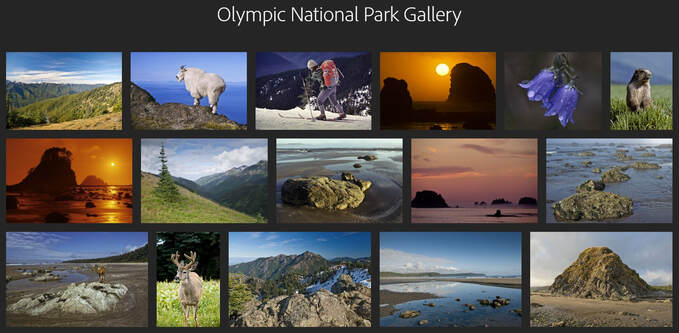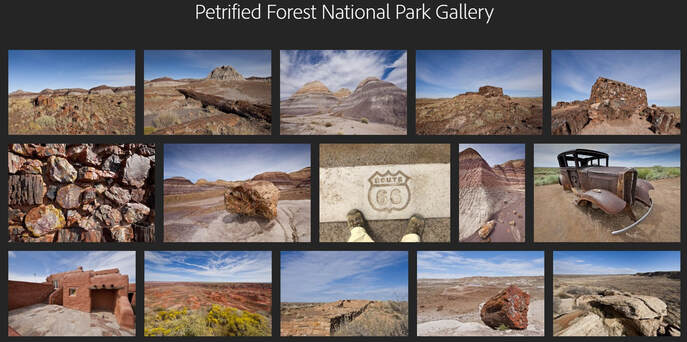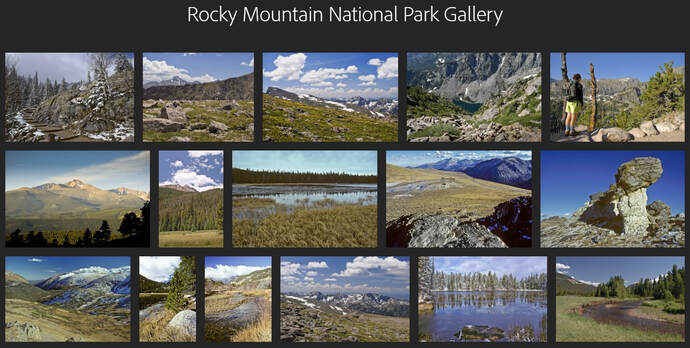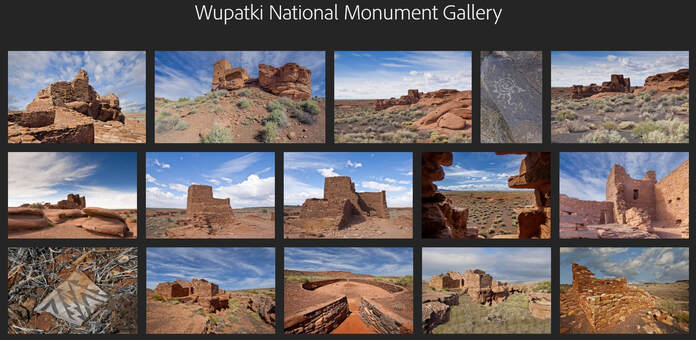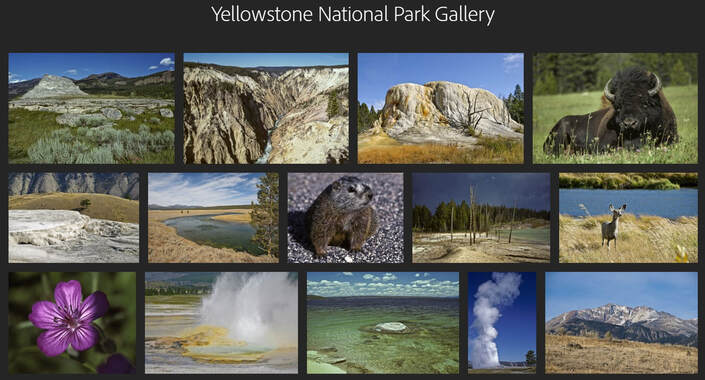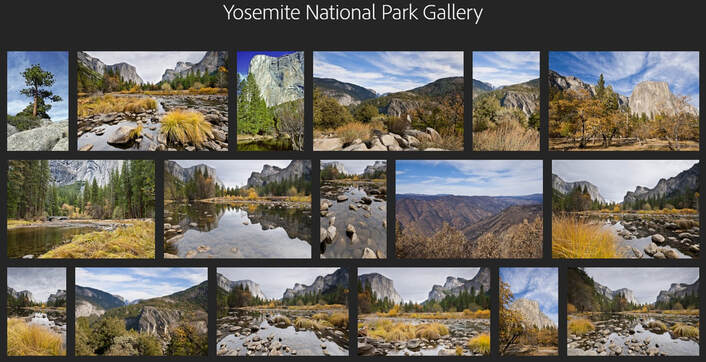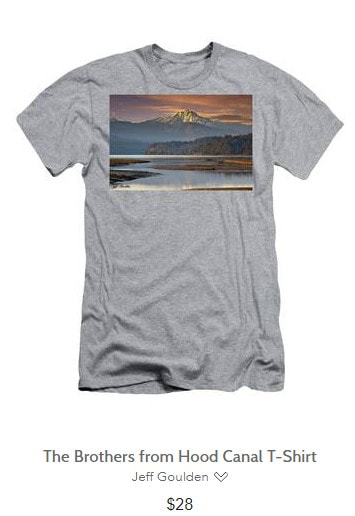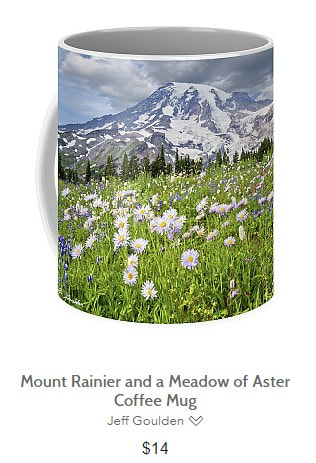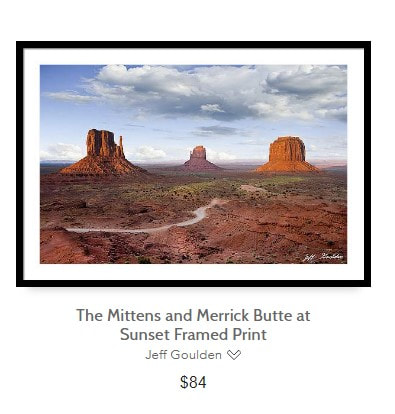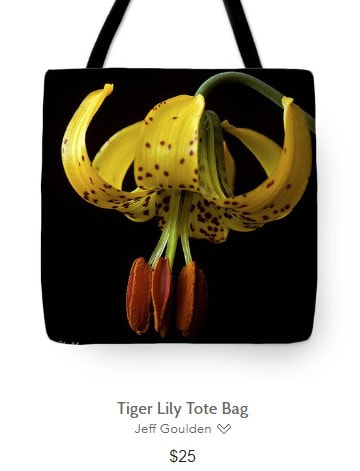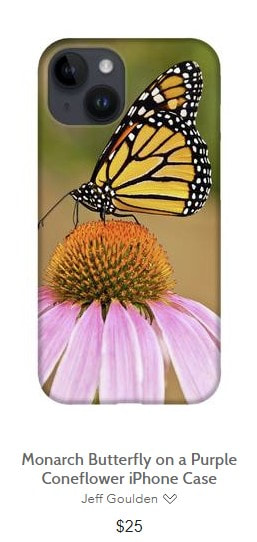The concept of national parks is as uniquely American as the Declaration of Independence. The idea that very special places in the nation should be preserved, not for the privileged, but for everyone was unheard of in 1872 when President Ulysses S. Grant signed the Yellowstone National Park Protection Act on March 1 making Yellowstone the first national park in the world. Grant never visited Yellowstone, nor was he an advocate for conservation. Grant Village, completed in 1963, was named to honor the former president.
Today, the National Park System includes 423 units made up of 63 national parks, plus 360 national monuments and historic sites representing all 50 states. The largest national park in the United States is Wrangell–St. Elias in Alaska at over 8 million acres. It is larger than each of the nine smallest states. The smallest park in the country is Gateway Arch National Park in Missouri at 91 acres. Death Valley, at 3.4 million acres, is the largest national park in the lower 48 states. The tiny Klondike Gold Rush National Historical Park commemorates Seattle, Washington's role in the history of Southern Alaska's gold rush of the late 1800's.
The National Park System, when it was established in 1916 under President Woodrow Wilson, already had 9 national parks. Since then it has evolved largely without the benefit of an overall plan or vision. Political, social, and economic interests have been responsible for the establishment of most of the system. Over time the system has come to represent not only scenic wonders and wilderness preservation but also such diverse concepts as historic preservation, biological diversity, urban recreation, and civil rights. The common thread that binds these areas is the notion that they deserve recognition and protection as part of the nation’s natural and cultural heritage.
My travel and photography have taken me to many of the national parks and monuments in the United States and allowed me to experience the majestic beauty within them. The collections of photography and writing in my National Park Galleries are my way of sharing these experiences.
Today, the National Park System includes 423 units made up of 63 national parks, plus 360 national monuments and historic sites representing all 50 states. The largest national park in the United States is Wrangell–St. Elias in Alaska at over 8 million acres. It is larger than each of the nine smallest states. The smallest park in the country is Gateway Arch National Park in Missouri at 91 acres. Death Valley, at 3.4 million acres, is the largest national park in the lower 48 states. The tiny Klondike Gold Rush National Historical Park commemorates Seattle, Washington's role in the history of Southern Alaska's gold rush of the late 1800's.
The National Park System, when it was established in 1916 under President Woodrow Wilson, already had 9 national parks. Since then it has evolved largely without the benefit of an overall plan or vision. Political, social, and economic interests have been responsible for the establishment of most of the system. Over time the system has come to represent not only scenic wonders and wilderness preservation but also such diverse concepts as historic preservation, biological diversity, urban recreation, and civil rights. The common thread that binds these areas is the notion that they deserve recognition and protection as part of the nation’s natural and cultural heritage.
My travel and photography have taken me to many of the national parks and monuments in the United States and allowed me to experience the majestic beauty within them. The collections of photography and writing in my National Park Galleries are my way of sharing these experiences.
These galleries contain some of my favorite National Park images that are available as downloads and fine art prints. To view the gallery of all National Parks, click here or on the photo collage above. To view individual National Parks click on any of the collages below. When you are in a gallery, click on a thumbnail to enlarge an image. To navigate the images click on the arrows. To see the captions click on the (i) symbol.
